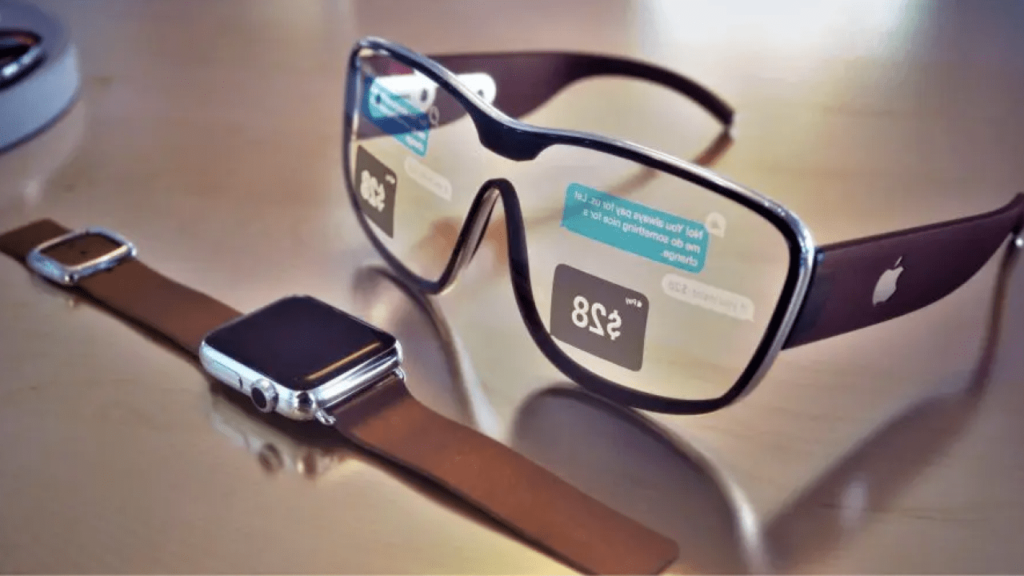Augmenting Reality
by Kent Lundgren, VP of Marketing

In her recent report, Why Stop at the Window: Bring 5G mmWave Indoors, industry analyst Monica Paolini of Senza Fili made a case for FWA service providers to bring not only Wi-Fi but also 5G mmWave indoors. The report showed images of augmented reality (AR) using a tablet and virtual reality (VR) using a headset.
That’s great, but let’s talk about something we all really want, something that allows us, without geek-wear, to look up at the world around instead of looking down at our smartphones. I’m talking about AR smartglasses such as Apple Glass.
AR is the art and science of overlaying virtual information onto a live view of the real world. Basically, AR overlays context sensitive digital information onto real world surroundings, like looking at a subway station and getting train times automatically displayed, for example, or walking down the aisle of a grocery store and having AR recommend a recipe. Welcome to the Metaverse.
AR Smartglasses will require 5G’s 10X increase over 4G in throughput and 10X decrease in latency, which together will offload much of the intensive processing to the cloud. The result will be smaller, more energy-efficient, cheaper – and don’t forget cooler looking – smartglasses. Analysts speculate that Apple, Microsoft, Google, Samsung, Amazon and Facebook are timing their smartglasses to be available in late 2022 or 2023. Statista estimates that the value of the AR market will rise from $5.91 billion in 2018 to $198.17 billion in 2025, and it’s no coincidence that this rise will coincide with the rollout of 5G networks. That’s because Apple Glass, for example, will rely on a companion 5G iPhone for processing.
Smartglasses will rely on 5G outdoors, but what about indoors? Will they switch to Wi-Fi? Will their performance on your Wi-Fi network indoors be equivalent to the low latency and high throughput of 5G outdoors? Hard to say, but if smartglasses were available today, then the indoor Wi-Fi + 5G mmWave option Monica Paolini described would ensure in-building mmWave penetration.
In an upcoming blog we’ll learn that in-building penetration of mid-band 5G using C-band or CBRS frequencies may occasionally require a window-attached beamforming repeater too. If you’re like me, you’ll want something small and thin that you can plug into a wall outlet yourself. That technology will come from Pivotal Commware.

